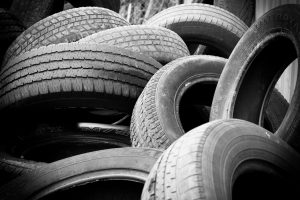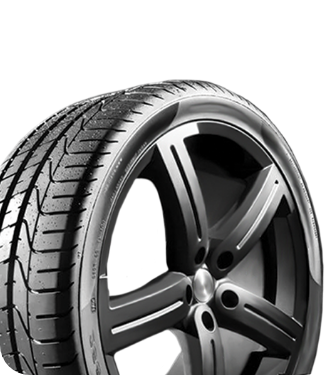

The Relationship Between Tire Tread Depth and Safety
Tires |Safety on the road is a paramount concern for all drivers, and one key aspect often overlooked is the tire tread depth. Tread depth is critical in providing traction and grip for a safe and smooth driving experience. Below, we delve into the relationship between tire tread depth and safety, explore the recommended depth levels, and shed light on why it’s essential to maintain proper tire tread depth.
The Importance of Tire Tread Depth
Tread depth refers to the depth of the grooves in your tires, which are provide optimal traction and grip on various road surfaces. Some of the essential benefits of maintaining appropriate tire tread depth include:
- Improved traction: Adequate tread depth ensures your vehicle has good traction, which is essential for safe driving in all weather conditions.
- Better braking: The deeper the tire tread, the shorter the braking distance is, reducing the risk of accidents.
- Decreased risk of hydroplaning: Tread patterns channel water away from the contact patch, minimizing hydroplaning and improving wet-weather handling.
- Increased fuel efficiency: Worn-out tires with decreased tread depth generate more rolling resistance, reducing fuel efficiency.
Recommended Tire Tread Depth
The recommended tread depth varies depending on the type of tire and the driving conditions. However, the general rule is that your tires should never wear down past a tread depth of 1∕16 of an inch (1.6 mm).
A tread depth gauge or the penny test can help you accurately measure your tire’s remaining tread. To do the penny test, simply insert the coin into the groove of the tire with the head facing down. If the top of Lincoln’s head is visible, it’s time to replace your tires.
Signs It’s Time for New Tires
Besides regularly measuring your tire’s tread depth, other signs indicate it’s time for a new set of tires. Be sure to keep an eye out for:
- Uneven wear patterns: Excessive wear on one side of the tire or patches with less tread than the rest of the tire can indicate suspension or alignment issues, necessitating a tire replacement.
- Cracks or bulges in the sidewall: Deep cracks or bulges in the tire’s sidewall indicate structural damage and can compromise the integrity of your tire, increasing the risk of a blowout.
- Vibration while driving: Excessive vibration, even on smooth roads, can be a sign of tire imbalance or damaged tire belts.
To keep your vehicle running safely and smoothly, you should regularly check your tread depth and respond to any signs of wear and tear promptly.
Get New and Safer Tires at RNR Tire Express!
Now you should understand the important relationship between tire tread depth and safety. If your vehicle’s tires exhibit signs of significant wear, it’s time to spring for newer and safer ones.
However, finding a reliable tire shop can be a challenge. Trust in the professionalism and expertise of RNR Tire Express and visit our tire shop in Lubbock to get quality tires and exceptional service. Browse our selection of tires online or visit our store to speak with a tire expert about what’s best for your vehicle today!





